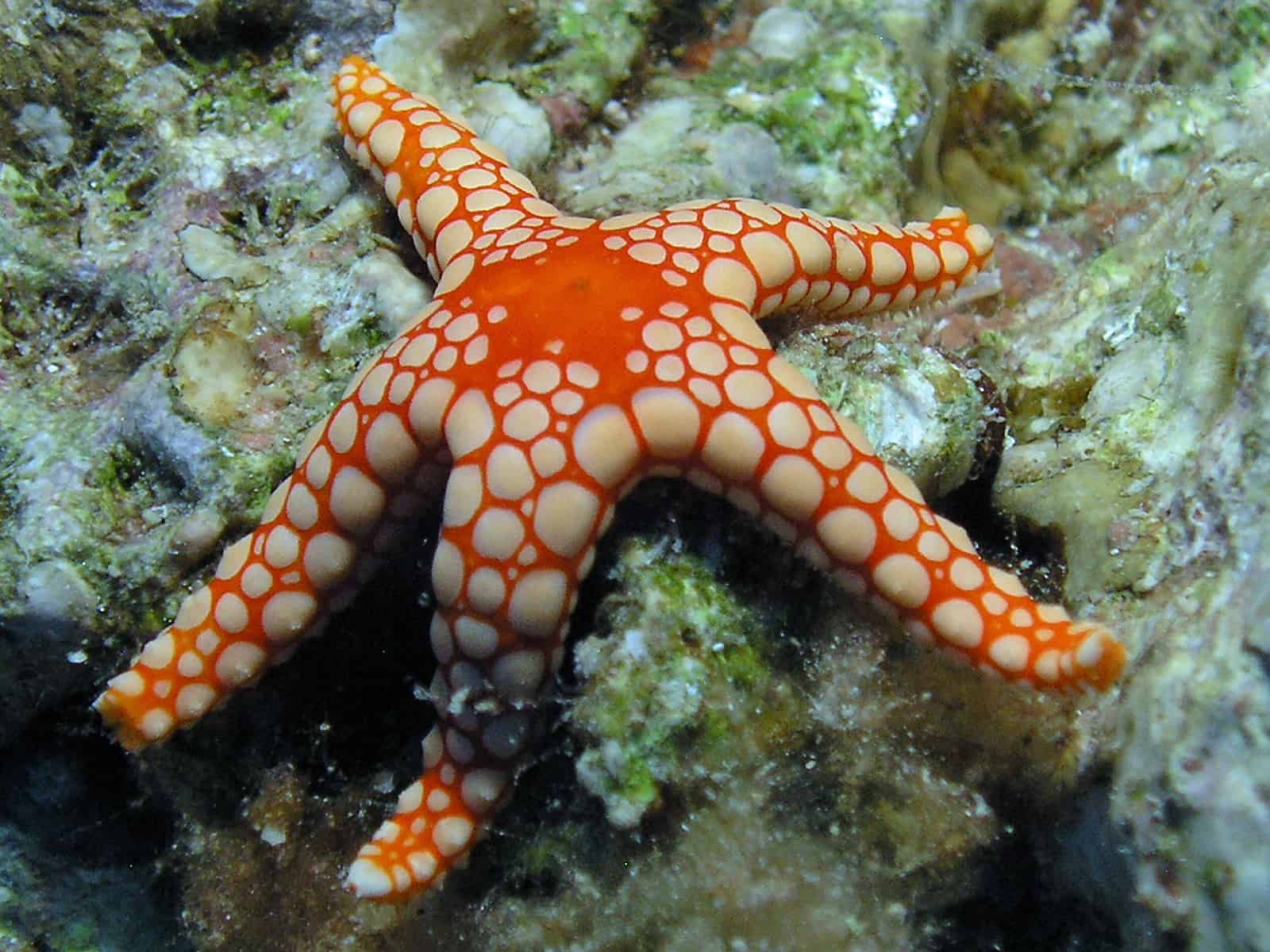 By Bruce Kemp
By Bruce Kemp
When the waters of the Red Sea close over your head in the Gulf of Aqaba you’re in another world and it’s easy to forget you’re really visiting a desert country. Most visitors to Jordan hustle off to see the ancient ruins of Petra or Wadi Rum and miss spending time in this underwater paradise.
In 1994, when Jordan and Israel signed their peace treaty, along with deciding what to do about shooting at each other, they made it a priority to protect the region’s marine environment. Eilat, Israel is just around the bend on the western side of the Red Sea. The end result of this agreement was the Red Sea Marine Peace Park, which is still one of the least known and most pristine marine refuges in the world.
Aqaba sits at the northern end of the Red Sea. It’s a beach community and thriving port on the ancient Arab trade routes; Sinbad could have made this town a port of call. But the real attraction are the more than 30 dive sites – including five wrecks – in the region suitable for divers of all levels of expertise.
Because Jordan’s late King Hussein was a highly skilled diver and marine conservationist, the area has been developed to cater to dive tourists. Hussein’s interest included the development of artificial reefs like the one forming on the sunken freighter Cedar Pride.
Everything the travelling diver needs is here. There are 16 dive centres; Dive Aqaba and Seastar are PADI (Professional Association of Diving Instructors) centres offering instruction, certification, equipment rentals and dive boats.
Water temperatures are warm and vary from 20°C in the winter to 26°C in the summer – meaning heavy wetsuits and other coldwater gear aren’t necessary. Visibility often exceeds 40 metres making the region exceptional for underwater photography.
Diving here is reef diving and you access the reefs right from the beach. A taxi can deliver you right to the shore. These are fringing reefs and extend over 25 kilometres to the border with Saudi Arabia.
 https://www.flickr.com/photos/mycoffeemug/
https://www.flickr.com/photos/mycoffeemug/
It’s not unusual to see schools of Surgeonfish and Pennant fish, but there are also vast colonies of Garden Eels. Over the summer months (June to August) whale sharks – the largest fish in the ocean – make an appearance and in February mantas, the giant bat-like creatures can be seen swimming inshore.
An occasional pelagic shark is encountered, but the waters around Aqaba are considered safe.
Many of the dive sites are deep. For technical dives, a number of dive shops offering Nitrox including Dive Aqaba and Seastar. Dive Aqaba also offers tri-mix gas for technical divers.
For non-divers there is a lot to do. Aqaba is a Free Zone. Duties aren’t applied in certain shops and there is a lot of shopping for cultural gifts and imported luxuries at the Aqaba Gateway.
Accommodations in the city range from budget to five-star. Most of the five-star hotels have good restaurants serving fresh seafood and Arabic cuisine and most offer an international menu as well.
Aqaba can be reached from Amman by a short, 45-minute flight aboard Royal Wings or Jordan Aviation.
For more information, contact the Jordanian Tourist Board at: www.visitjordan.com


